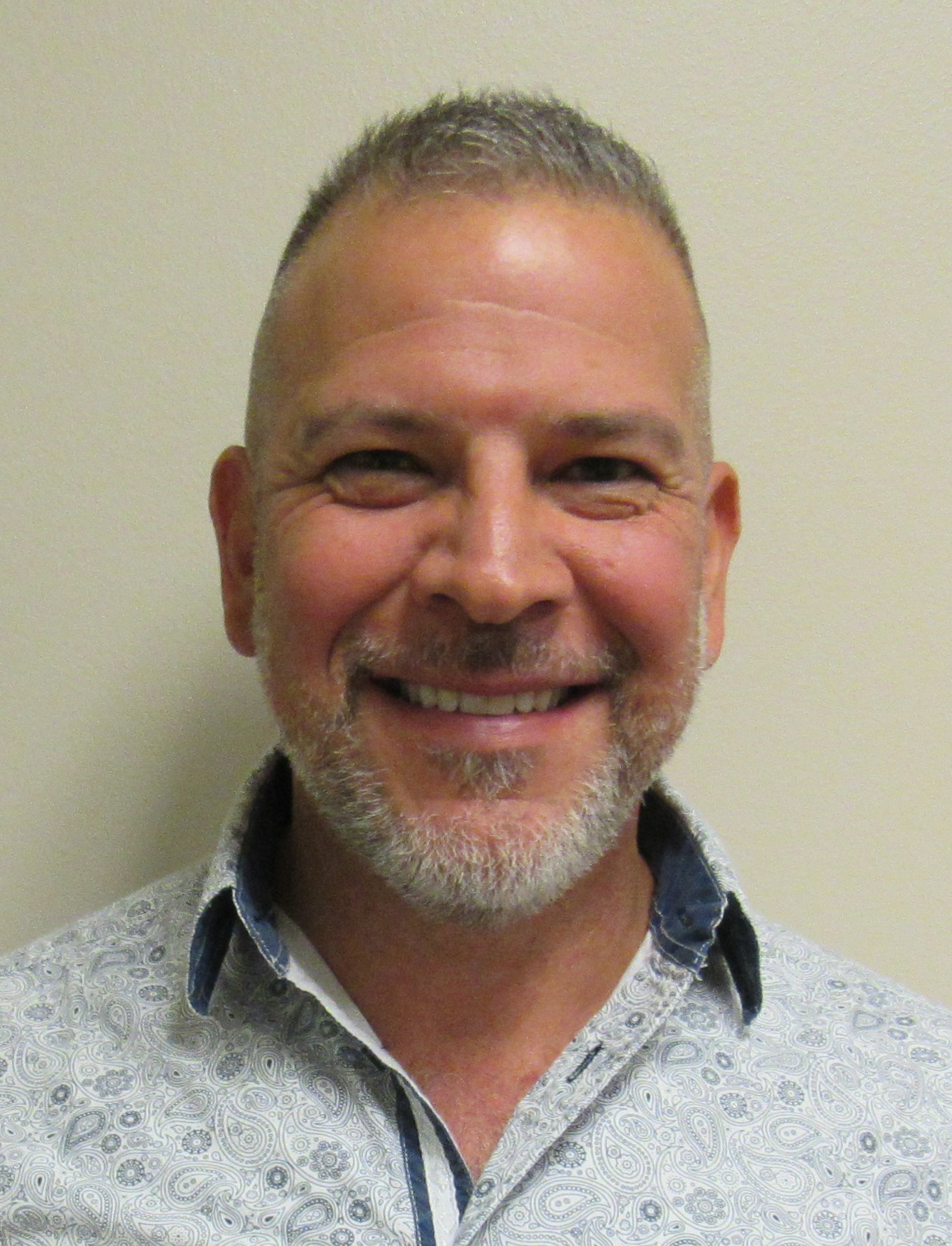
Evolution occurs slowly and then suddenly. The suddenness in evolution often relates to a monumental event. The effects of a monumental event are initiated by reflecting, regrouping, and choosing. Those choices lead to change.
The distance between the event and the choice is the precipice.
Like many other professions, those in health care are at a precipice. Undoubtedly, health care needs to evolve. COVID-19 is the monumental event. The reflection time is marked by the COVID-19 restrictions. Those emergent professionals on the front line of managing the devastation represent the best we have. Those of us not on the front line, yet essential to health care, see the gap grow between the critical need and the non-essential. The health care system is collapsing on itself. The status quo has been disrupted. Either way, the previous growth in health care has come to a grinding halt. Our previously known growth occurred with a coagulation of entities including the consumption of private practices. Hospitals got larger, health care conglomerates expanded, and insurance companies thrived. They were all advertising the same thing, ‘we need more patients!’ Patients were the fuel for the health care industrial machine. That model cannot carry us forward.
COVID-19 made us acutely aware of the pre-existing importance of keeping patients in the health care system. Most hospitals and medical offices function as repair shops offering quick remedies. The behavioral challenges associated with the majority of those seeking health care are never addressed. Over medicalization and procedures kept patients circulating through. The circulation of patients kept the health care industrial machine churning. Yet the advertised message was quality intervention for health and wellness. The health care system was brought to its knees when those patients stopped circulating through. All of a sudden the need for health care services by so many no longer seemed critical. What happened to all the prioritized issues that plagued people prior to COVID-19? We were over diagnosing and over treating. Further still, individuals’ health-related behaviors and society’s reinforcement of those behaviors went essentially unchecked and unnoticed. We were all too busy grinding the gears of the health care industrial machine to notice the human and moral determinants of health. The system was so busy, it did not have the time to worry about the individual. The irony exists in the dichotomy between the reality of the physician-centric system and the proclamation that patients come first. Where was the investment in human well-being? Where is the investment in human well-being now?
There has been a clear over-utilization of health care. And still, the evidence suggests little progress, if any, has been made toward health and well-being. The US health care system’s outcomes are dismal. And, let us not forget the exceptional waste and redundancy existing within the dynamics of medicine. COVID-19 has exposed it’s degeneracy, though some may claim it was failure. Our reflection of these current circumstances reveals the critical need for change and our potential role toward evolution. The importance of this cannot be overstated or underestimated as societal reforms also evolve and require a reallocation of resources. The expenses and costs of health care cannot be controlled unless over utilization is significantly controlled. Now, the outcomes matter like never before. Physical and occupational therapy are primed to contribute to the cause. Physical therapists with advance practice roles provide comparable to better care than physicians dealing with musculoskeletal disorders. Let’s put that information into specific context. Health care spending increased from $1.4 trillion to $3.1 trillion from 1996 -to-2016 with low back and neck pain accounting for the highest spending. Second highest spending included other musculoskeletal disorders. The third, fourth, and fifth highest expenditures were diabetes, heart disease, and falls, respectively.
Those categories mentioned are the expertise of physical therapists. In fact, all preventive measures, wellness plans, and disease processes benefit from physical therapy interventions. Evidence strongly outlines the essentialism of physical therapy. The evidence also highlights the effectiveness and the efficiency of health care when physical therapies are involved. Cost containment is a large part of that efficiency. A great example that underscores this point is the rehabilitation of those with cancer. Previous thinking was contrary to current trends. Not too long ago, those diagnosed with cancer were told to go home and rest. Now, we know those with cancer tolerate and thrive during and after the adjuvant interventions when physical therapy is involved. The complications are less, the recovery is quicker, and functional self-efficacy is secured. One of the reasons to mention cancer is that it potentially exemplifies a chronic disease process consistent with multi-morbidity challenges that plague the effective and efficient delivery of resources for long-term management facing patients, health care professionals, and society.
It is time that the rehabilitation disciplines become a standard part of someone’s health care team, that we are seen as colleagues to physicians, that we work alongside primary care, and that we are established as a consistent point of entry to health care services.
Physical therapy provides an optimization of collaboration, functional self-efficacy, and holistic approaches. The accountability of health care outcomes relies on rehabilitation sciences and disciplines.
This contribution is a call to reflect on the bigger picture and invite conversation that offers dialogue toward greater understanding. May this exchange lead us to unify as agents of change through action that serves the greatest good.
Lastly, I meditate for those on the front line and have come to believe that all they do represents the foundation of health care. I find myself humbled and obligated to ensure that all they have done leads to a greater purpose. Those whom they have saved will find their way through our doors. As we rebuild the survivors so too can we rebuild health care – to be better than before and certainly more effective.

––– Comments
Candida Crowder
Commented • August 6, 2020
An excellent post, congratulations !!